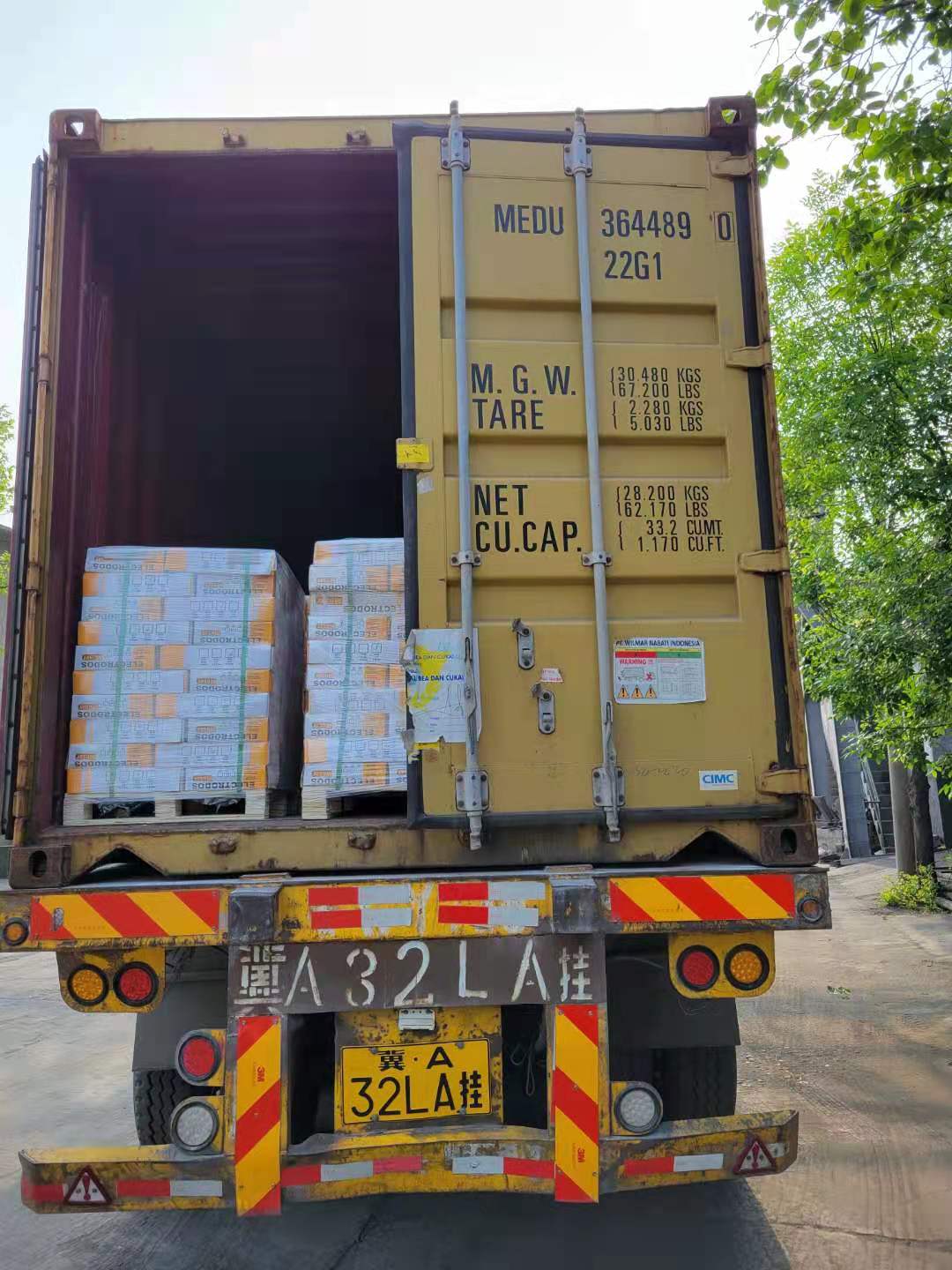mig tig and stick welding factories
Understanding MIG, TIG, and Stick Welding A Guide for Factories
In the realm of manufacturing and fabrication, welding is a crucial process that joins materials, often metals, to create structures or components. Among the various welding methods, Metal Inert Gas (MIG), Tungsten Inert Gas (TIG), and Shielded Metal Arc Welding (SMAW), commonly known as stick welding, are widely employed in factories for their distinct advantages and applications.
MIG Welding
MIG welding is one of the most popular welding processes in factories, primarily due to its speed and versatility. It utilizes a continuous wire feed as an electrode and an inert gas, usually argon or a mix of gases, to shield the weld pool from contamination. This method allows for higher welding speeds and is suitable for thin to medium-thick materials. Additionally, its relative ease of use makes it an ideal choice for beginners and seasoned welders alike. Factories often use MIG welding for projects requiring quick turnaround times, like automotive manufacturing and structural fabrication.
One of the significant advantages of MIG welding is its ability to produce clean, aesthetically pleasing welds. This is particularly important in industries where appearance matters, such as in the production of consumer goods. However, while MIG welding can be used outdoors, it is not as effective in windy conditions due to the sensitivity of the shielding gas.
TIG Welding
TIG welding, on the other hand, is known for producing high-quality, precise welds. It employs a non-consumable tungsten electrode and a shielding gas, making it suitable for welding a variety of metals, including stainless steel and aluminum. While TIG welding is slower than MIG welding and requires a higher skill level, it offers greater control over the weld bead, making it the preferred method for intricate or critical applications, such as aerospace components and high-end automotive parts.
mig tig and stick welding factories

The versatility of TIG welding is noteworthy, as it can accommodate various materials and thicknesses. Factories that require meticulous welds, such as medical device manufacturers or custom metal fabricators, often turn to TIG welding for its ability to create strong and clean joints without the need for excessive finishing work.
Stick Welding
Stick welding, or SMAW, is one of the oldest welding techniques and remains popular in many industrial applications. This method uses a coated electrode that generates a protective gas as it melts, which helps to shield the weld from contaminants. Stick welding is known for its portability and versatility, making it ideal for outdoor applications and maintenance work in factories or construction sites.
While stick welding is often considered less aesthetically pleasing compared to MIG or TIG, its ability to weld in adverse conditions and on rusty or dirty materials makes it invaluable in many settings. Factories that operate in heavy industry or where fabrication is performed in less than ideal circumstances often rely on stick welding due to its robustness.
Conclusion
In summary, understanding the strengths and weaknesses of MIG, TIG, and stick welding is essential for factories aiming to optimize their production processes. Each welding method has unique attributes that cater to specific applications, and the choice of welding technique can significantly impact efficiency, quality, and ultimately, the bottom line. By selecting the appropriate welding technology, manufacturers can enhance their productivity while ensuring the integrity of their products. Whether it’s the speed of MIG, the precision of TIG, or the versatility of stick welding, there’s a suitable method for every factory’s needs.
-
High-Strength Cast Iron Welding Electrode AWS ENi-ClNewsAug.03,2025
-
E6011 Welding Rod | All-Position AC/DC ElectrodesNewsAug.02,2025
-
J422 Welding Rod: Durable Electrodes for Strong WeldsNewsAug.01,2025
-
AWS E7024 Arc Welding Electrodes: High-Efficiency & Easy UseNewsJul.31,2025
-
AWS E7018 Welding Rod: Low Hydrogen ElectrodesNewsJul.31,2025
-
Arc Welding Electrodes AWS E7024 – High Deposition, Smooth FinishNewsJul.30,2025


